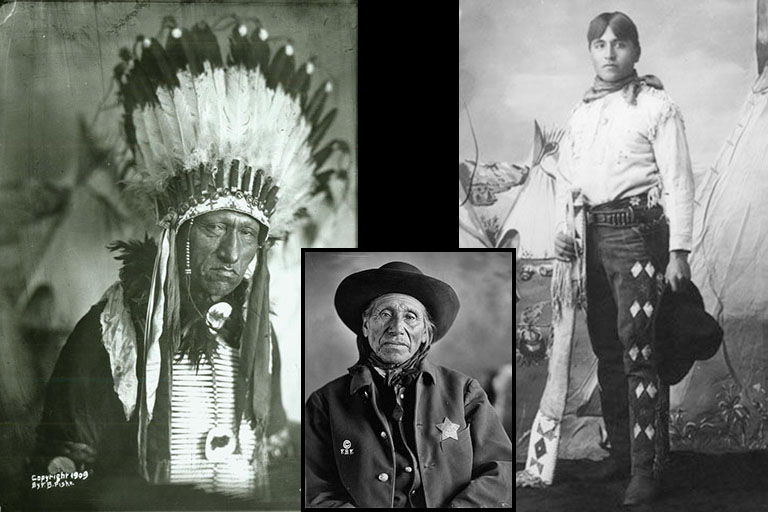Yanktonai Indians: A Historical Account of the Elder Tribe of Dakota
The Yanktonai Indians are one of the seven primary divisions or subtribes of the Dakota, speaking the same dialect as the Yankton tribe and believed to be the elder tribe.

There is evidence suggesting that this tradition was obtained by Long from the Indians themselves.
The first apparent reference to one of the tribes, excluding the other, is found in the mention of the Yankton by La Sueur in 1700.
However, it wasn’t until their encounter with Lewis and Clark in 1804 that they reappeared in historical accounts. According to these explorers, the Yanktonai roamed the headwaters of the Sioux, James, and Red rivers.
The migration of the Yanktonai from their eastern home, located north of Mille Lac, Minnesota, likely occurred at the beginning of the 18th century.
It is possible that they followed or accompanied the Teton tribe, while the Yankton tribe gradually shifted their focus towards the southwest. In 1823, Long described them as one of the most important Dakota tribes, with their hunting grounds stretching from the Red River to the Missouri.
Warren, in 1855, indicated that their habitat was the region between the James River and the Missouri, extending as far north as Devils Lake.
He also mentioned that they fought against the United States in the War of 1812, and that their chief at that time traveled to England. However, there is no evidence suggesting their involvement in the Minnesota massacre of 1862.












5 Responses
[…] from the one of metropolis. They are spiritually endowed, and much closer to nature. Every single tribe has a different tale, and indulges in a similar mythology. All the members are given the freedom to […]
[…] The tribe, at peace with the Mexican cities and nearby Indian tribes, moved to New Mexico in the mid-1850s where they could trade. […]
[…] in South Dakota, in this day and age? Impossible right? Well, apparently not – a video clearly shows a gray […]
[…] from the one of the metropolis. We are spiritually endowed, and much closer to nature. Every single tribe has a different cultural tale, and yet indulges in a similar mythology. All the members are […]
[…] #NoDAPL movement gained international attention as activists rallied against the Dakota Access Pipeline. Through peaceful protests and legal challenges, they emphasized the importance of […]